Care for the baby at home
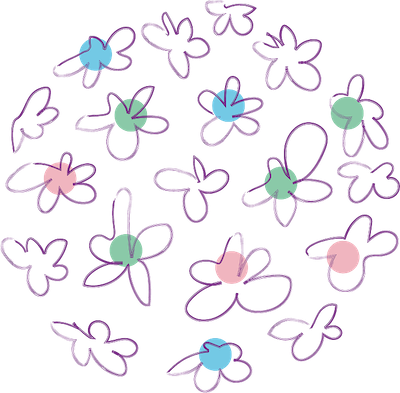
Congratulations on your baby’s birth and return from the birth hospital! From now on, you will have to take care of your baby’s health and wellbeing every day, so we have prepared tips on how to take care of your baby in the first months of life and in which cases you need to see a doctor. We encourage new parents to trust their feelings and intuition, because you are the one who has the closest connection with the baby!
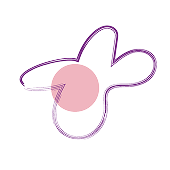
BABY'S HYGENE
Cleanliness and hygiene are a prerequisite for good health and joy of life, so caring for your baby in the morning and evening should become an integral part of the everyday routine.
- Clean eyes with a cotton pad or a napkin moistened with boiled water. You should use a separate cotton pad for each eye, with which you should gently wipe over the eye once in the direction from the outer corner of the eye to the inner one. If the eye needs to be cleaned again, a new pad should be used.
- Ears should only be cleaned from the outside, by wiping outer auricle clean with a damp cotton pad. Do not try to clean deeper to avoid injuring the eardrum! Eardrum injury can affect the child’s hearing! It is forbidden to use cotton swabs to clean your baby’s ears!
- Nose - on the first days of life newborns often snore through the nose; it may be due to swelling in the nasal passages and usually passes quickly. Sneezing is a protective reflex – in this way, foreign particles are removed from the nose. Nasal passages only need to be cleaned if the blocked nose makes it difficult to suckle. In this case, squirt a few drops of seawater intended for babies (that can be purchased at a pharmacy) in the nose, but don’t clean the nasal passages with cotton swabs or cotton wool.
- Skin folds - particular attention should be paid to the baby’s skin folds - they are wiped daily with a cotton pad moistened with water, then thoroughly dried. In case of redness, baby cream with zinc can be used. If the baby’s skin is dry (most often palms, feet), it can be moisturized with a rich cream intended for children.
- Umblical stump - special care should be taken to clean the umblical stump in the first weeks until the umbilical cord falls off (usually by the tenth day of life) and the umbilical wound heals completely. In the meantime, the navel must have a clear access to air and it needs to be checked so that it does not become damp. It is recommended to fold over the edge of the diaper at the front. Once a day the navel should be washed with boiled water and dried thoroughly. When the remnant of the umbilical cord falls off, the wound may smear a little for a few days. Wipe the wound once a day with boiled water, but, if necessary, with an alcohol swab or, in some cases, povidone-iodine solution. A doctor should be consulted if the umbilical wound bleeds, if the discharge is prolonged or odorous, and if there are signs of inflammation - redness around the umbilical ring.
- Bottom is the area most exposed to moisture and irritation, so it should be cared for regularly and carefully. After defecation, the baby’s buttocks, as well as the genital area, should be rinsed with warm, preferably running water, using baby soap only if needed. The washing should be done from the front to the back, especially for girls. It is important to dry the baby’s bottom and groin thoroughly after washing it. It is recommended to use wet wipes to clean the bottom only during walks or when traveling, and not in daily care. Under no circumstances should you use oil to treat the skin under the diaper, as the skin can quickly become irritated. In case of redness, use a cream with zinc.
- Nails should be cut for the first time around the tenth day of life. Try to cut them straight or slightly rounded, without cutting into the corners of the nails, to avoid injuries and ingrown nails. At first, it will be easier to cut the nails while the child is sleeping.
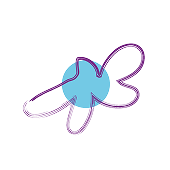
BATHING
Bathing of the baby begins the day after tuberculosis (BCG) vaccine or on the day of the discharge from the hospital, if the vaccination was earlier. Bathing should be done every evening, except on the day when the umbilical cord falls. The bath water temperature should be 36—37°C. The water does not have to be boiled, but it is important that it is clean. At most once a week, the baby is washed with baby soap and the hair – with baby shampoo.

PUTTING BABY TO BED
Physiologically, the best sleeping position for an infant is on the back. Laying on its back, the baby will be able to move the head to one side or the other, so you should not worry that the child will choke in this position. During the day, in the presence of the parents, the child can also be placed on his or her side, fixing the positioning with a horseshoe pillow or a rolled-up blanket. Before eating, the baby may also be kept on their stomach. The baby should not be kept on his or her stomach overnight, as well as left unattended, because sleeping on the stomach makes it difficult for the child to breathe. Do not use a pillow until the child is one year old. It is safest for the baby to sleep in his crib, not in the parents’ bed.
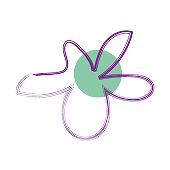
HANDLING
Muscle tone and body symmetry are important for the proper development of your baby, therefore it is important to pick up, hold and dress the baby properly from the first days of their life and onwards - to handle him or her in such a way as to promote the baby’s development.
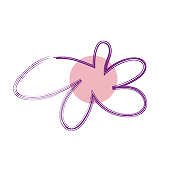
WALKS
You can go on the first walk with your baby as early as on the day after you go home. Initially, go outside for up to 15—20 minutes in winter, and in the summer - for up to one hour. Extend the duration of the walk every day. In hot summers, you should not go outside in the middle of the day, and you have to be careful not to overheat the baby! In winter, it is safe to go outside if the temperature does not fall below -10°C, but in any case, evaluate the weather conditions - humidity and wind strength.
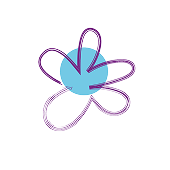
BREASTFEEDING
The breastfeeding that you started in the first days should also be continued at home, because breast milk is the most suitable food for a newborn and a baby. Breast milk is a unique product that promotes the maturation and intellectual development of the baby’s brain, strengthens immunity, and reduces allergies and the risk of being overweight later in life. Breastfeeding also strengthens the mother-baby attachment. The best choice is to feed the baby exclusively with breast milk until the age of six months, but, if necessary, start supplementing after the age of four months. If any questions or uncertainties arise while breastfeeding, consult your doctor, midwife, nurse or breastfeeding consultant, but the main prerequisite for successful breastfeeding is the desire to breastfeed your baby.

CARE FOR THE BABY AT HOME
You must be the one to inform your family doctor about returning home from the Maternity Hospital.
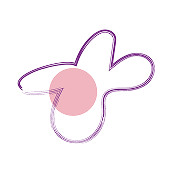
SUBSEQUENT DOCTOR'S SUPERVISION IN CASE OF:
- Cyanosis (bluish skin colour) or difficulty breathing
- Bleeding from anywhere
- Elevated temperature ≥38°C
- Apathy, refusal to eat (several meals)
- Repeated large-volume vomiting
- Convulsions
We wish you strength, patience and many beautiful moments with your baby!
Read more information here:



